Taylor Swift, one of the biggest pop stars in the world, is not only renowned for her clear vocals and exceptional songwriting but also known as the artist who “specializes in writing songs about ex-lovers.” Each romantic relationship in her life seems to be immortalized through a song, from heart-wrenching ballads to empowering anthems brimming with pride. This has led the public to affectionately—and sometimes teasingly—dub her a “lovelorn” figure. But is Taylor Swift merely an artist who writes music based on past relationships, or is there a deeper story behind her work, one that speaks to artistry, emotion, and connection with her audience?
A Journey of Love and Music
Since her debut in 2006 with her self-titled album, Taylor Swift quickly captured fans’ hearts with songs that carried a deeply personal touch. At 16, she wrote about first loves, heartbreak, and youthful dreams. Tracks like Tim McGraw and Teardrops on My Guitar laid the foundation for her songwriting style: honest, emotional, and relatable.
As her career soared, Swift’s romantic life became a focal point for media scrutiny. Every relationship, whether brief or long-lasting, was dissected by the public and press. From Joe Jonas, Taylor Lautner, John Mayer, Jake Gyllenhaal, Harry Styles, Calvin Harris, Tom Hiddleston, to Joe Alwyn, these names not only graced tabloid headlines but are also believed to have inspired a slew of chart-topping hits.
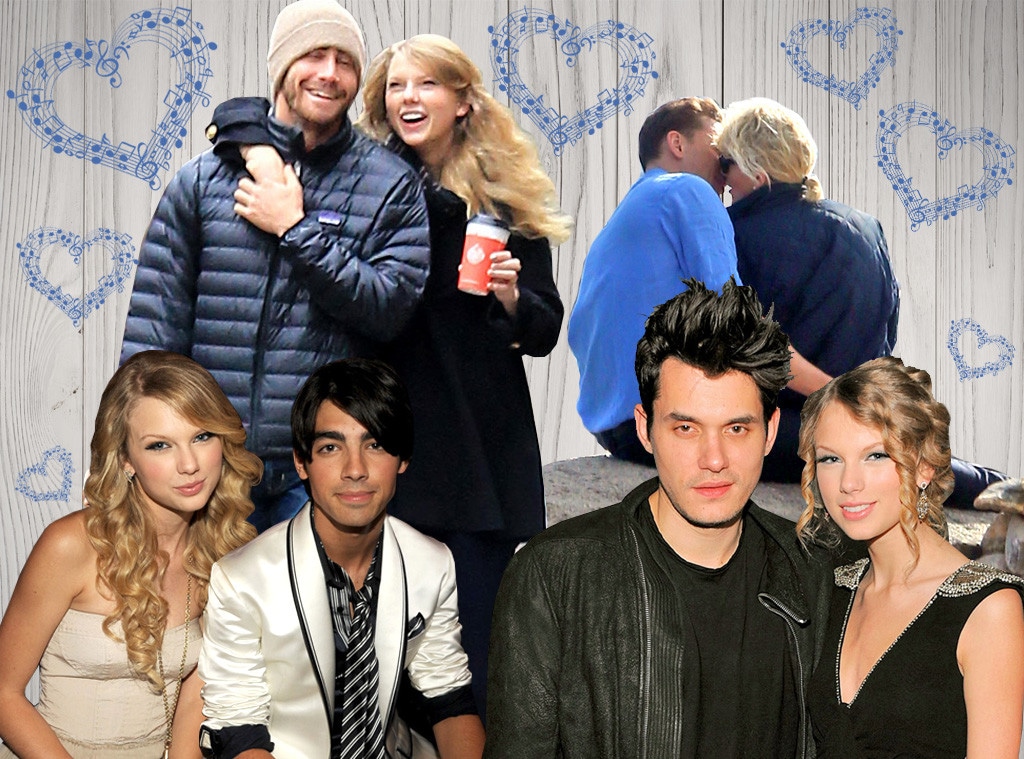
For instance, We Are Never Ever Getting Back Together from Red (2012) is widely thought to be about Jake Gyllenhaal, while Dear John from Speak Now (2010) unmistakably targets John Mayer with piercing lyrics like: “Don’t you think I was too young to be messed with?” Her album 1989 (2014) is filled with songs linked to Harry Styles, such as Style and Out of the Woods. More recently, Lover (2019) and Folklore (2020) are believed to reflect her deep but private relationship with Joe Alwyn.
“Lovelorn” or Storyteller?
The “lovelorn” label attached to Taylor Swift stems not only from the sheer number of songs about love but also from her ability to transform personal experiences into universal stories. Each of her songs is more than a confession about a specific romance; it’s a mirror reflecting the emotions of millions. Lyrics like “I don’t know how to be something you miss” in Last Kiss or “You’re still all over me like a wine-stained dress I can’t wear anymore” in Clean resonate deeply due to their sincerity and vividness.
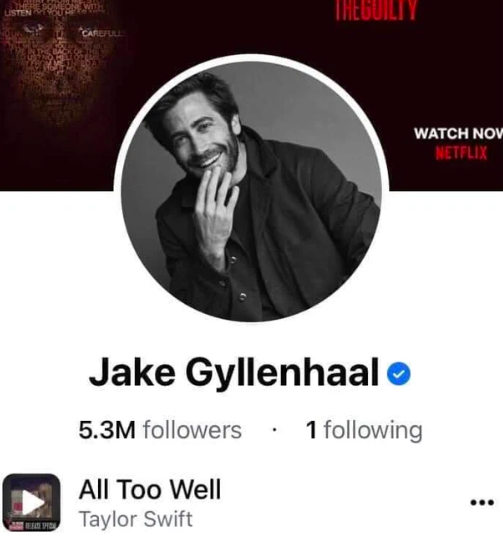
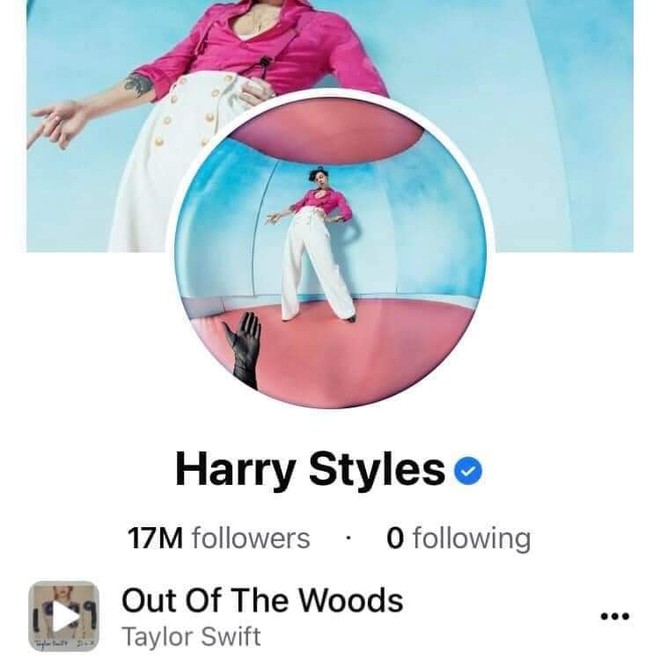
However, reducing Swift to a “lovelorn” figure oversimplifies her talent. In reality, Swift doesn’t just write about love; she explores other facets of life—growth, pain, joy, and self-discovery. Albums like Evermore (2020) and Midnights (2022) demonstrate this, delving into themes like family, societal pressures, and unfulfilled dreams. Even when writing about love, Swift often creates fictional characters and scenarios, as seen in Love Story or Cardigan.
Moreover, Swift’s habit of writing about past relationships isn’t a sign of being “lovelorn” but a deliberate artistic choice. In an interview with Rolling Stone, she once said, “I write music to understand myself and to process those emotions. It’s how I deal with life.” For Swift, songwriting is like a diary, a space to document significant moments and transform them into art.
Connecting with Fans
One reason Taylor Swift has become a global phenomenon is her ability to connect with audiences through her love stories. While many artists guard their personal lives, Swift openly shares her emotions, even if it means facing judgment. This authenticity makes her especially relatable to younger fans, who see their own experiences—loving the wrong person, enduring heartbreak, and learning to move on—reflected in her music.

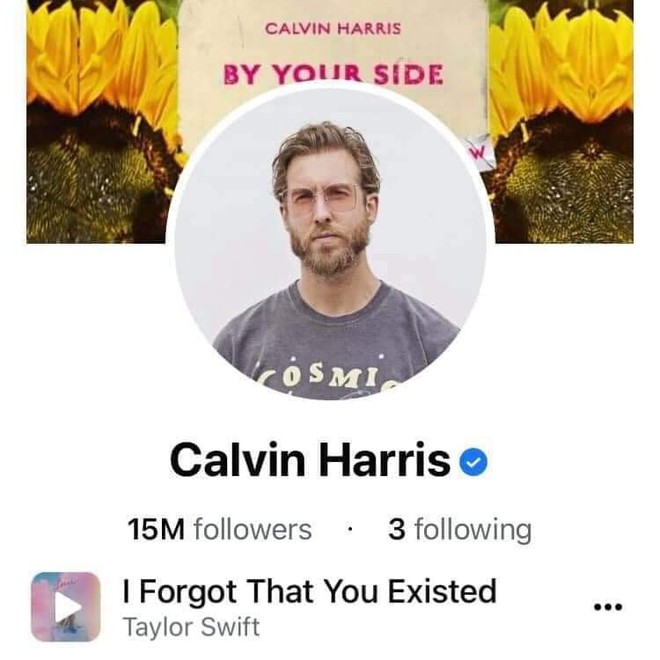
Swift also masterfully uses “Easter eggs”—hidden clues in lyrics, music videos, and album artwork—to spark fans’ curiosity. For example, in Red (Taylor’s Version), the 10-minute version of All Too Well is believed to contain raw details about her relationship with Jake Gyllenhaal, prompting fans to dissect every line. These details not only boost engagement but also make listeners feel like they’re part of the story.
Media and Public Response
Of course, writing about ex-lovers hasn’t always earned Swift positive feedback. Some critics argue that her focus on personal life makes her music lack depth. Others have accused her of “exploiting” relationships for album promotion. Even some of her exes, like John Mayer, have publicly expressed discomfort with being the subject of her songs.
Yet Swift remains unfazed by the criticism. In her 2010 Grammy acceptance speech, she stated, “I want to thank those who inspired me, whether in a good way or not, because they helped me write these songs.” This resilience shows that Swift not only accepts but embraces her songwriting approach.
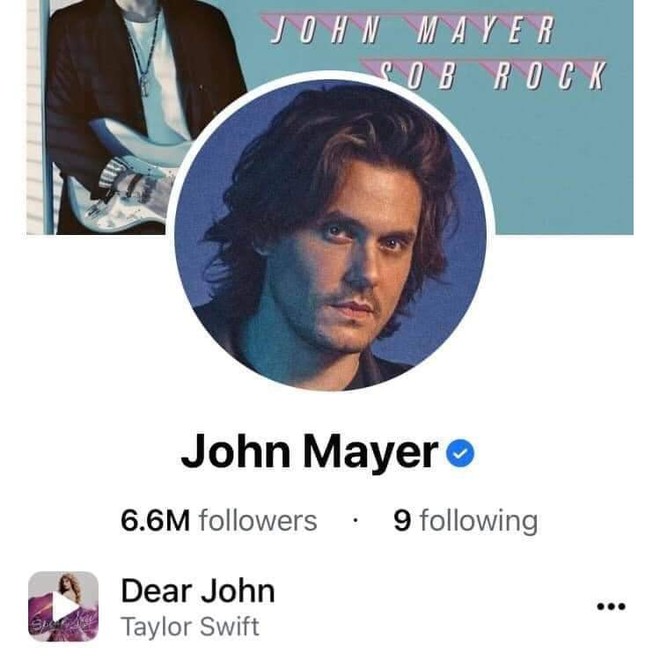
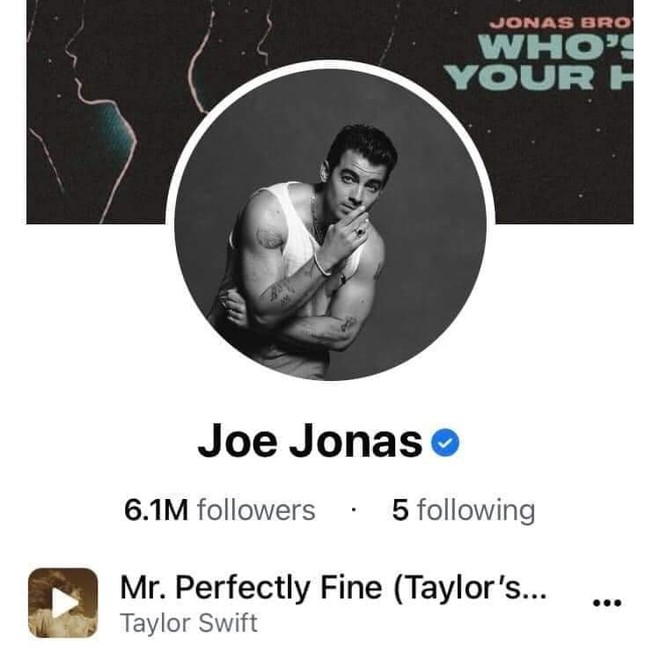
In an industry that often holds female artists to a double standard, Swift has turned criticism into fuel. She addresses detractors through her music, as seen in Blank Space (2014), where she satirizes the “crazy romantic” image the media pinned on her: “Got a long list of ex-lovers, they’ll tell you I’m insane.”
Taylor Swift’s Legacy
With over 15 years in the industry, Taylor Swift is more than a singer—she’s a cultural icon. She has redefined how the public views writing music based on personal experiences, turning what could be seen as a weakness into a strength. Her songs aren’t just “music about exes” but stories of growth, courage, and resilience.
Swift’s ongoing project of re-recording her early albums (as Taylor’s Version) further underscores her control over her musical legacy. Through this, she not only revisits her love stories but also asserts ownership of her narrative and intellectual property.
Conclusion
Calling Taylor Swift “lovelorn” may be a playful jab, but it doesn’t capture the full scope of her talent and impact. Far from merely writing about past relationships, Swift transforms personal experiences into timeless art that resonates with millions. She’s not just an artist who writes about love—she’s a masterful storyteller who uses music to explore herself and connect with the world. In this journey, each song is not only a tribute to her past but also a testament to the power of emotion and creativity.

